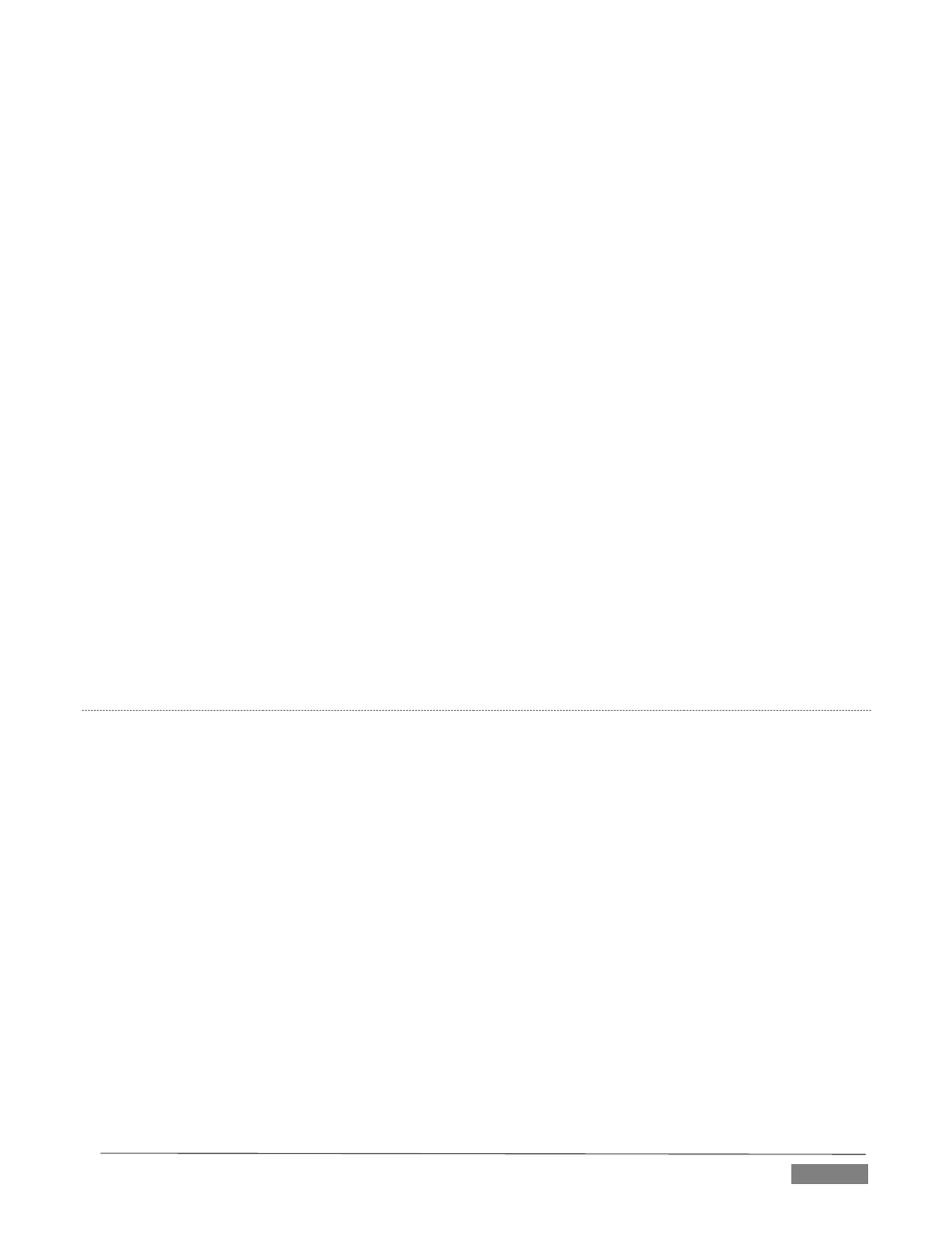NewTek TriCaster Advanced Edition User Guide User Manual
Page 201

Page | 189
network overhead, at best a 320kbit steam can be accommodated. This bandwidth would be
fully consumed by two viewers watching 160kbit streams, or a single viewer pulling a 170-
320kbit stream. (Even a T1 digital line can only handle four simultaneous 300kbit streams)
.
A variation on the Pull method involves using an external streaming provider. At one time the only method
for streaming using such a provider was to have the server ‘pull’ it from the encoder. Under this system the
server did not receive the stream until the first user requested it. Then the server would connect to the
encoder, pull the stream to it, and finally begin re-distributing it to everyone requesting it. This method
worked passably until firewalls became more common.
Advantages:
o
Pull doesn’t waste bandwidth; no signal is being sent out to the server unless somebody
wants to view it.
o
If you lose your connection to the (provider side) server, the server will re-connect to your
encoder automatically when Internet connection resumes.
o
Providers typically have significant bandwidth, and are able to meet necessary requirements
to deliver stutter-free, high quality streams to large numbers of viewers.
Disadvantages:
o
Like the “Pull by End Users” method above, this requires a public IP address, preferably a
“static IP address” (which does not change dynamically if you need to reconnect) as well as
open ports for the connection to be established. These requirements are becoming
increasingly difficult to meet (given common security measures).
P
USH
T
O
P
ROVIDER
Windows Server2003® introduced “Push” technology. With this method, the encoder sends the stream to
downstream servers. This allows the encoder to establish a connection to the server on a specified port. Once
this connection is established, additional network ports may be opened as required (since the Encoder
established the connection, not the server.)
Advantages:
o
Easy to connect to the provider. There are no requirements for open ports on your local
system, or public IP’s. In addition, firewalls do not get in the way.
Disadvantages:
o
Live streams that have no viewers are still consuming bandwidth. From a provider point of
view, it is possible that all of our bandwidth could be utilized with no viewers. However, that
is more theoretical than practical.
o
Some external streaming providers prefer to Pull streams, as re-connection can performed
from their end automatically if necessary. But in many venues system administrators are very
reluctant to configure their system with an open port to have your stream Pulled from.
